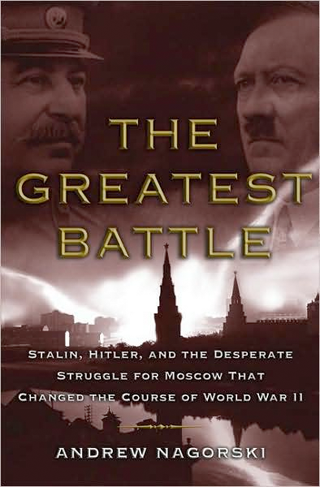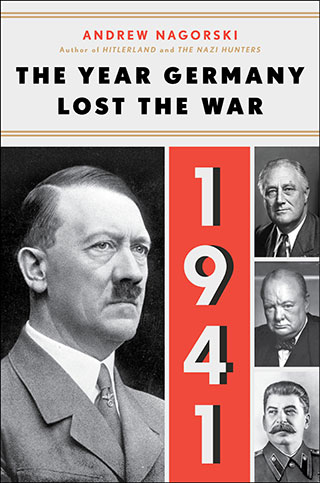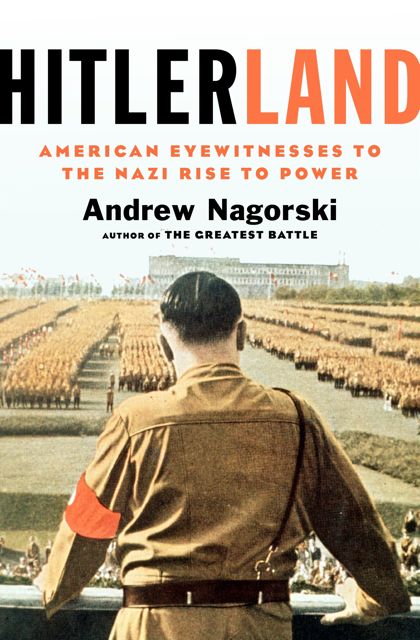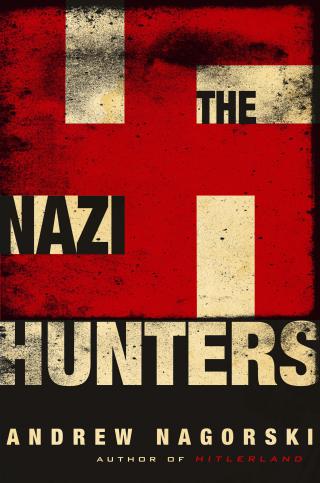A telling new account of Stalin's childhood depicts a streetwise thug raised in conflict.
On June 26, 1907, a stagecoach convoy guarded by Cossacks and carrying the equivalent of about $3.4 million to the state bank in the Georgian city of Tiflis (today called Tbilisi) ran straight into an ambush. Heavily armed gangsters unleashed a frontal assault, complete with multiple explosions and a barrage of gunfire. Grenades "exploded with a deafening noise and an infernal force that disemboweled horses and tore men to pieces, spattering the cobbles with innards and blood," writes Simon Sebag Montefiore in his new book, "Young Stalin" (460 pages. Knopf). Of course, the mastermind of that bloody heist, which took about 40 lives, was the man the world would come to know later as Joseph Stalin.
Montefiore's earlier masterful biography of the Soviet tyrant, "Stalin: The Court of the Red Tsar," focused on his years in power. "Young Stalin" is much more than an expansion of the first chapters in that biography: it's a full-blown portrait of the young man. In this case, "young" means right up until the time of the Bolshevik Revolution in 1917, when he was almost 40. Once again tapping into a rich vein of material from previously closed archives in Russia and Georgia, Montefiore has produced a portrait of the young Stalin that is as complex and morbidly fascinating as his previous work.
The son of a drunken cobbler and a strong-willed mother, Josef Djugashvili, as he was originally called, was raised in conflict. At home, the struggle was between his parents who soon went their separate ways. His father wanted him to learn his trade and work in a shoe factory, while his mother insisted that he go to school. The history of the last century might have been dramatically different if the father had prevailed. Instead, his father dropped out of his life, and Stalin became a star pupil. He then entered the seminary, but quickly switched his focus from religion to revolution. "Stalin owed his political success to his unusual combination of street brutality and classical education," Montefiore points out.
He soon moved into the shadowy world of gangsters, revolutionaries and tsarist secret agents.
Stalin reveled in conspiracy, assuming 160 aliases during the time that he was organizing heists, rotating in and out of tsarist prisons or internal exile, or flitting to cities like Cracow, Vienna and London for meetings with Lenin and other Bolsheviks. He also found time to marry, sire a legitimate son and probably two illegitimate children, and bed numerous women both when he was free and in internal exile.
If Stalin was shaped by the violence and conspiracies of the Caucasus during the twilight of the tsarist era, his stints in Siberia also determined his character. "He brought the self-reliance, vigilance, frigidity and solitude of the Siberian hunter with him to the Kremlin," Montefiore concludes. Or as his sidekick Vyacheslav Molotov would put it, "A little piece of Siberia remained in Stalin for the rest of his life." From all the components of his early turbulent life, Stalin—"the man of steel"—would emerge. Montefiore has performed the prodigious feat of tracing that terrifying journey step by bloody step.









